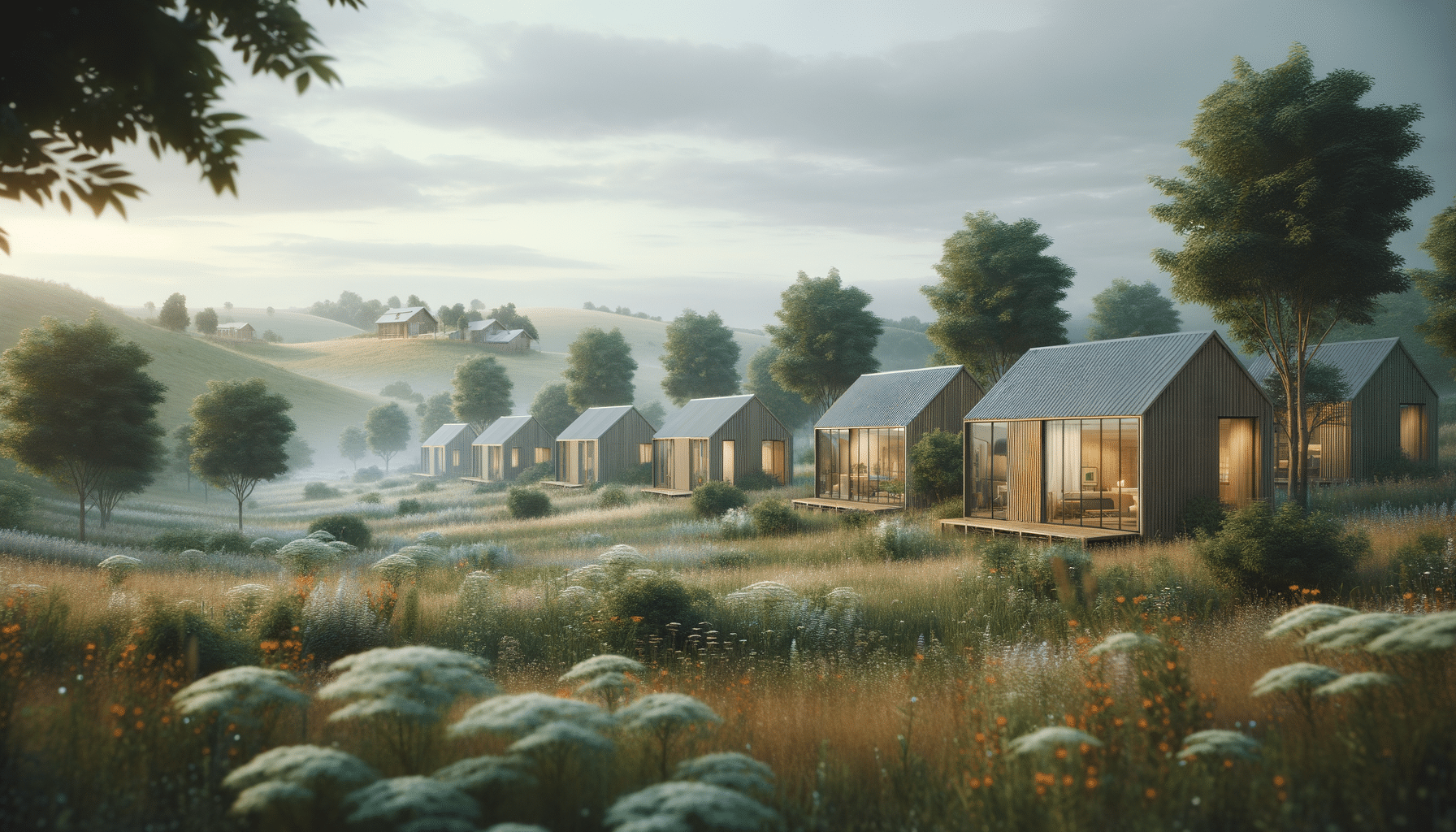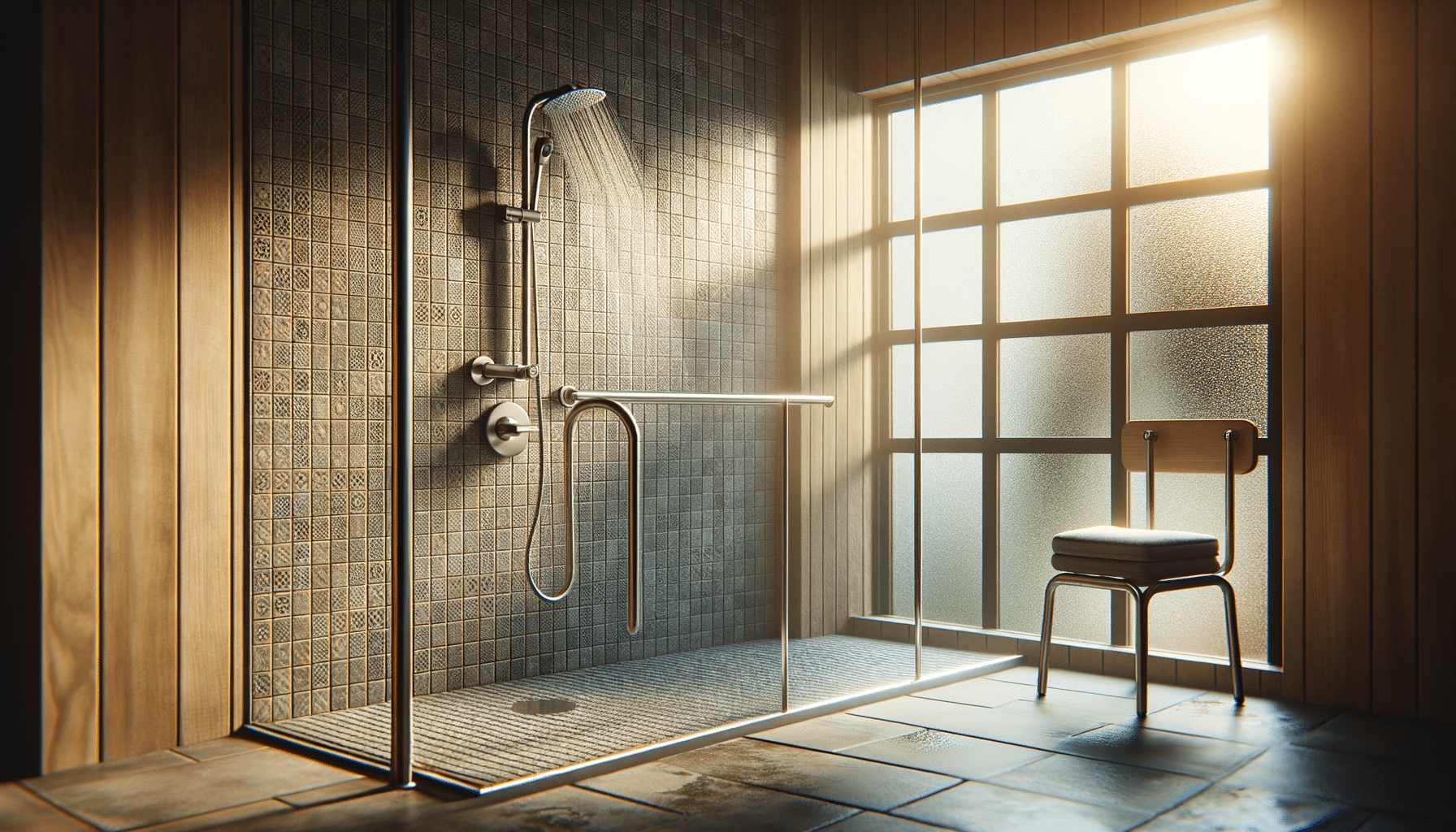
How Unsold Prefab and Modular Homes Influence Pricing and Availability
Introduction to Prefab and Modular Housing Market
The world of prefab and modular housing has been gaining attention for its innovative approach to construction and housing solutions. As more people seek affordable and sustainable living options, these homes present a viable alternative. However, like any market, the prefab and modular housing sectors face challenges, particularly when homes remain unsold. This article explores the implications of unsold prefab homes, how they influence the market, and the dynamics of modular housing resale. By understanding these aspects, we can gain insight into how these factors affect housing prices and availability.
Understanding Unsold Prefab Homes
Unsold prefab homes are a phenomenon that can significantly impact the housing market. These homes, designed and constructed in controlled environments, offer advantages such as reduced construction times and costs. However, when they remain unsold, several consequences arise. The surplus of unsold prefab homes can lead to increased storage costs for manufacturers, which might be passed on to consumers in future pricing models. Additionally, these unsold units can create opportunities for buyers looking for deals, as manufacturers may offer discounts to clear inventory.
The reasons for unsold prefab homes are varied. Market saturation, economic downturns, and shifts in consumer preferences can all contribute. For instance, if a particular design falls out of favor, it may lead to an accumulation of unsold units. Understanding these dynamics is crucial for manufacturers and buyers alike, as they navigate the complexities of the prefab housing market.
Modular Housing Resale: Opportunities and Challenges
Modular housing resale is an emerging trend that offers both opportunities and challenges. Unlike traditional homes, modular homes can be disassembled and relocated, offering flexibility and adaptability. This unique feature can make modular homes appealing on the resale market, particularly for buyers seeking cost-effective housing solutions.
However, resale of modular homes involves certain challenges. Potential buyers may have concerns about the structural integrity and long-term durability of pre-owned modular units. Additionally, the resale value of modular homes can be influenced by factors such as location, condition, and the reputation of the original manufacturer. Despite these challenges, the modular housing resale market continues to grow, driven by increased awareness and acceptance of this housing style.
Pricing Dynamics in Prefab Housing
Pricing in the prefab housing market is influenced by several factors, including the availability of unsold units. When there is an excess of unsold prefab homes, manufacturers may reduce prices to stimulate demand and clear inventory. This can lead to competitive pricing, benefiting buyers looking for affordable housing options.
Moreover, the cost of prefab housing is often lower than traditional construction due to efficiencies in the manufacturing process. However, prices can vary based on design complexity, customization options, and materials used. Understanding these pricing dynamics is essential for potential buyers and investors, as it helps them make informed decisions in the market.
Conclusion: Navigating the Future of Prefab and Modular Housing
The future of prefab and modular housing is intertwined with the ability to manage unsold inventory and capitalize on resale opportunities. As the market evolves, stakeholders must adapt to changing consumer preferences and economic conditions. By understanding the implications of unsold homes and the nuances of the resale market, manufacturers can develop strategies to enhance competitiveness and sustainability.
For consumers, the evolving landscape presents opportunities to explore affordable and flexible housing options. As awareness and acceptance of prefab and modular homes grow, they are poised to play a significant role in addressing housing needs worldwide. The journey towards this future requires collaboration and innovation among manufacturers, buyers, and policymakers to ensure that these housing solutions remain viable and attractive.


